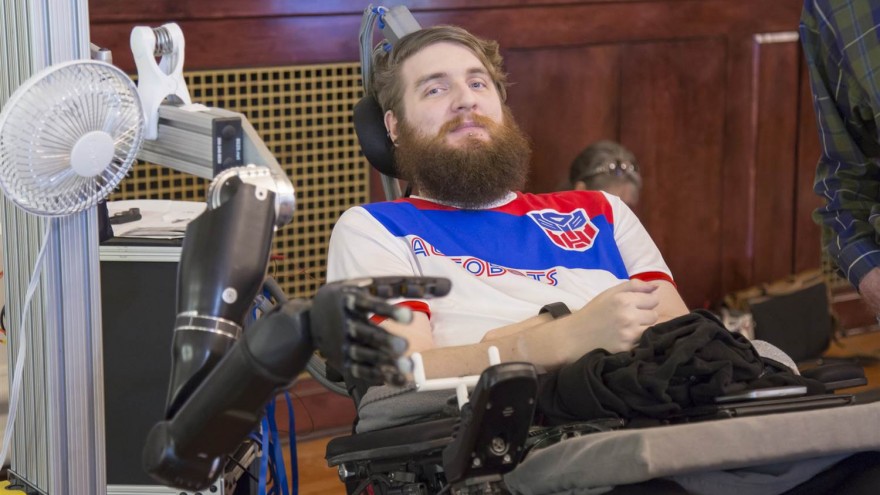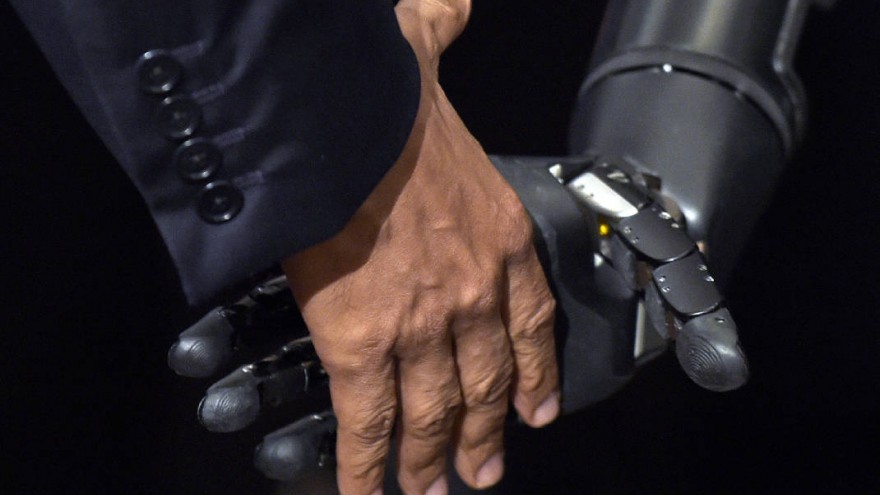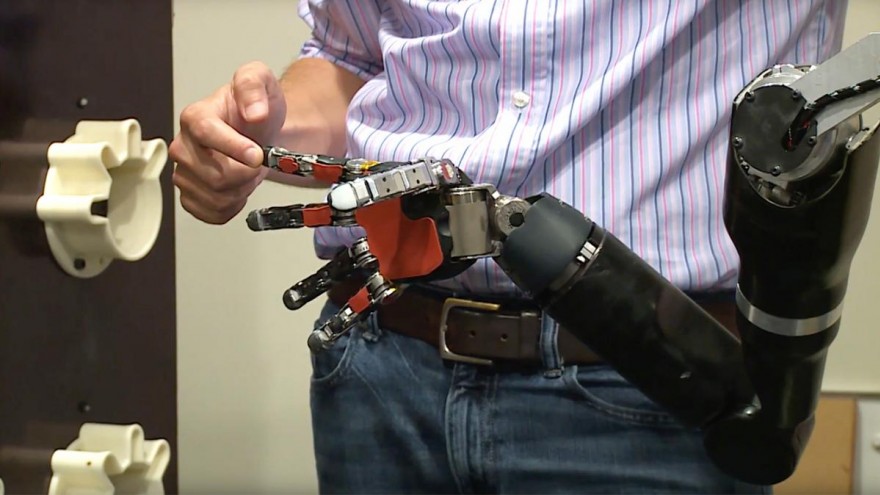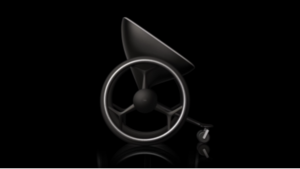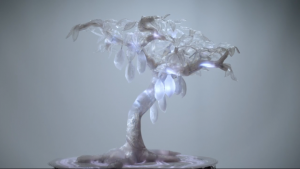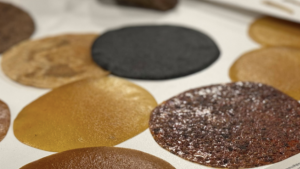From the Series
A team of researchers at the University of Pittsburg led by Professor Robert Gaunt developed a working system to help quadriplegic individuals around the world experience the sense of touch again.
The researchers hope to restore the motor functionality and general perception of touch in people who have lost one or multiple limbs.
A number of biological processes are at play when one performs a simple task by hand and trying to recreate it with technology is complex. The way we move our arms in the space around us is guided by several senses working together at once. The brain knows how to coordinate muscles and calculate how much intensity is needed based on fine-tuned touch and spatial senses.
Gaunt explained that the technology is meant to utilise the brain’s existing sensory ability to power an alternative set of mechanical muscles.
“The ultimate goal is to create a system which moves and feels just like a natural arm would,” he said, “We have a long way to go to get there, but this is a great start.”
At the beginning of the research campaign, the team looked for an eligible subject who would undergo surgery (as the robotic arm works with brain commands). Nathan Copeland became a central part of the project.
In late 2004, Copeland was involved in a terrible car collision in Pennsylvania that left his spinal cord severely injured, resulting in almost total paralysis from the chest down. As Copeland can no longer control his arms or legs, he needs special assistance to perform daily tasks.
Soon after his injury, Copeland volunteered for Gaunt's clinical trials and eventually neurosurgeon Elizabeth Tyler-Kabara implanted four microchip nodes in Copeland’s brain. The implants would allow him to control a robotic arm and perceive a limited sense of touch again.
Even though Copeland’s robotic arm is a testament to the recent leaps in technology, the model is still considered to be an early prototype. It requires much more development and study. Copeland can feel some pressure via the mechanical appendage, but he cannot yet discern other sensory information like the difference between hot and cold.
Four weeks after the system was connected to his brain, Copeland said of the robotic arm: “I can feel just about every finger - it’s a really weird sensation. Sometimes it feels electrical and sometimes its pressure, but for the most part, I can tell most of the fingers with definite precision. It feels like my fingers are getting touched or pushed.”

